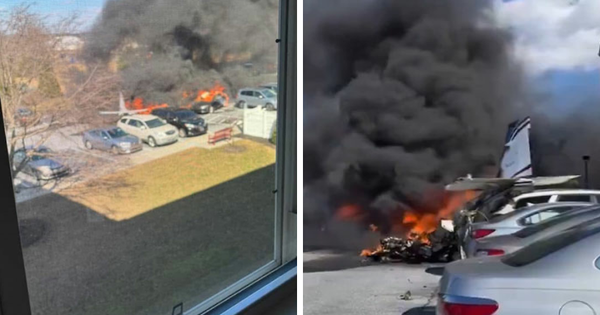
Researchers are facing significant challenges in reforesting areas devastated by wildfires, particularly in the Western United States. The aftermath of the 2020 Cameron Peak fire in Colorado, which burned 326 square miles, highlights the difficulties in restoring forests in the face of climate change. The gap between burned areas and replanting efforts is widening, with limited seed collection, nursery capacity, and trained workers hindering restoration.
Scientists emphasize the need for creative solutions to address the changing landscape. The increasing frequency of intense wildfires has left many areas unable to regenerate naturally due to destroyed seeds and altered climate conditions. The ongoing megadrought in the Western states has further exacerbated the challenges of reforestation.
Efforts to replant trees are met with obstacles such as environmental assessments, site preparation, and seedling survival rates. The survival of seedlings is particularly low at lower elevations, necessitating strategic planting based on research data and environmental conditions.







Researchers are exploring innovative approaches, such as planting different species, adjusting elevations, and considering new locations for seed collection. While there is resistance to deviating from traditional replanting methods, there is growing acceptance of the need for flexibility in restoration strategies.
The shortage of seedlings and nursery capacity poses a significant hurdle to reforestation efforts. Collaborative initiatives between public and private sectors are essential to address the bottlenecks in seed collection, production, and workforce training. Investments in reforestation have been lacking in the U.S., requiring a substantial commitment to build the necessary infrastructure for successful restoration.
As wildfires continue to threaten forested landscapes, the urgency of implementing effective reforestation practices is paramount. Researchers and agencies are advocating for a proactive approach to ensure the long-term viability of forests in the face of climate change and escalating wildfire risks.







